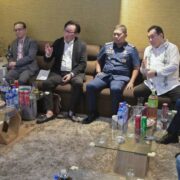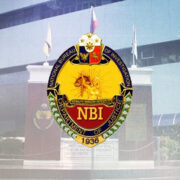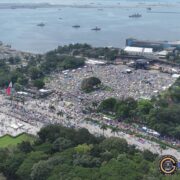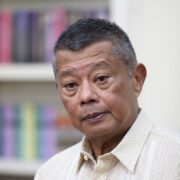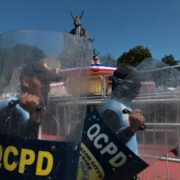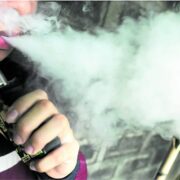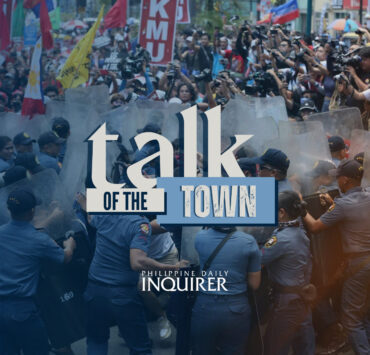Of shrines, landmarks, and cemeteries
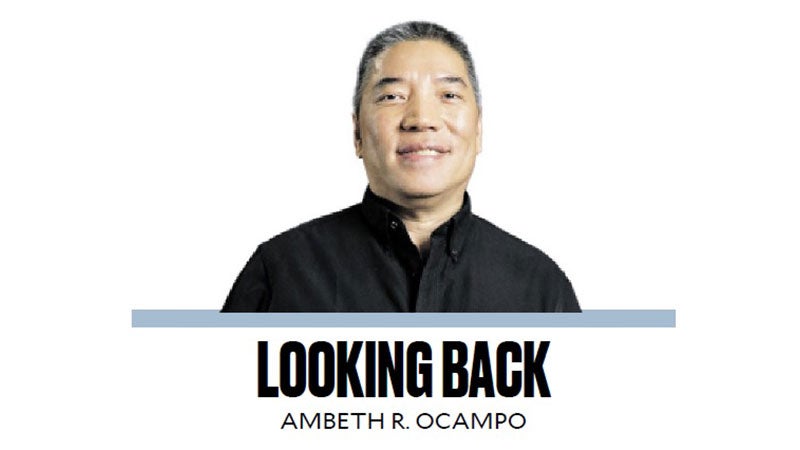
Filipinos who have heard of the National Historical Commission of the Philippines (NHCP) or its former iteration as the National Historical Institute, know it as the government agency responsible for Philippine history: its propagation and dissemination in publications and commemorations of important national events like Independence Day or Rizal Day. With the National Museum and the National Commission for Culture and the Arts, the NHCP is responsible for the built heritage of the Philippines. It continues to identify historic sites and landmarks by marking them with bronze plaques or restricting changes to their original structure or use.
Since the agency inherited the property, records, and mandate of the National Heroes Commission and the 1961 Jose Rizal National Centennial Commission, it runs and maintains: the birthplace of Jose Rizal (Calamba), the place of his exile (Dapitan, Zamboanga del Norte), and his last place of imprisonment (Fort Santiago). The site of his martyrdom in Rizal Park is separately administered by the National Parks Development Committee. The NHCP also preserves the home of Emilio Aguinaldo, the first president of the Philippines, in Kawit, Cavite, which is the site of the declaration of Philippine Independence from Spain in 1898; a museum in the Malolos convent, where the short-lived first Philippine Republic was born; etc. In each of these landmarks and shrines are museums containing artifacts, photographs, and a narrative geared toward schoolchildren.
Not all shrines and landmarks are places of joy or inspiration. Some, like the site where the revolutionist Andres Bonifacio was tried and the place where he was executed, are painful reminders of fissures on the long road to breaks that led to the emergence of the nation and its national identity. Landmarks related to World War II are not administered by the National Historical Commission but by the Department of National Defense’s (DND) Military Shrines Division. These are in Corregidor, the Shrines on Mount Samat, or the Dambana ng Kagitingan (Shrine of Valor); Capas; as well as modest museums dedicated to the Armed Forces of the Philippines—the Army, the Navy, and the Air Force.
Twenty years ago, I discovered that the DND maintains its own historical shrines up north when I visited Hungduan to mark the site where Gen. Artemio Ricarte Vibora (Viper) was buried. A hero of the Philippine Revolution and the Philippine-American War, he remained staunchly anti-American and in the end died in the company of retreating Japanese military at the close of World War II. After unveiling the Ricarte marker, I was dismayed to learn that it was not the actual burial site but an alternative chosen for the convenience of tourists. On that trip, I visited the Kiangan War Memorial, which commemorates the surrender of Gen. Tomoyuki Yamashita in September 1945. It is a large, well-maintained complex, but is not the exact site where Yamashita surrendered. To find this, one goes in search of a schoolhouse further into town. Yamashita formally surrendered in what is now the Baguio residence of the US ambassador to the Philippines, not in Kiangan. The Yamashita Surrender Memorial was built by the Department of Tourism rather than the NHCP or DND. In the Philippines, shrines and landmarks can be a merry mix built for history, for the memory of the military, or for tourism. Who builds and maintains the shrine or museum determines its cultural heritage and the narrative.
While I appreciate the war memorials mentioned above, nothing can beat the American War cemetery in Fort Bonifacio. It is a rolling landscape dramatically dotted by rows upon rows of what seems to be an unending array of white crosses (and markers for non-Christians). Inside the wide pavilion, you will see a wall of memory, marble walls inscribed with what appears to be an infinite number of names accompanied by military rank and designation. There are no graphic depictions of the violence of war but a quiet remembrance that is very moving. I walked into these halls of remembrance remembering a text on a marker near the United Nations headquarters in New York that read:
“… and they shall beat their spears into pruning hooks,
“nation shall not lift hand against nation,
“neither shall they learn war anymore. “
The nearby Libingan ng mga Bayani set up to honor Filipinos who fell during World War II is designed much like the American War Cemetery, but is not as well-kept. Another thing that stands out is that while the place of honor is reserved for the “Tomb of the Unknown Soldier,” the cemetery is not set out on egalitarian terms as its American counterpart. Instead of a quiet moving landscape of uniform white crosses that express the gratitude of a thankful nation, for the sacrifice of all, regardless of rank or social class, we have areas reserved for Presidents and Vice Presidents, with plots and tombs larger and grander than those occupied by foot soldiers. Another area is reserved for National Artists and National Scientists of the Philippines. In life and in death in the Philippines, we mark rank, title, and social class.
—————–
Comments are welcome at aocampo@ateneo.edu
Ambeth is a Public Historian whose research covers 19th century Philippines: its art, culture, and the people who figure in the birth of the nation. Professor and former Chair, Department of History, Ateneo de Manila University, he writes a widely-read editorial page column for the Philippine Daily Inquirer, and has published over 30 books—the most recent being: Martial Law: Looking Back 15 (Anvil, 2021) and Yaman: History and Heritage in Philippine Money (Bangko Sentral ng Pilipinas, 2021).



